Isabel Negri, from Royal Botanic Gardens Kew, UK Conservation Projects Officer presents the results of the 2021-2022 Living Ash Project (LAP) trials to optimise ash vegetative propagation from cuttings.
TRIAL 1
Striking date: 27th-30th July 2021
Cutting type: Semi-ripe cuttings consisting of a terminal bud plus 2 nodes, wounded at the base.
System: Enclosed mist system + additional watering when necessary. Basal heating at 20°C.
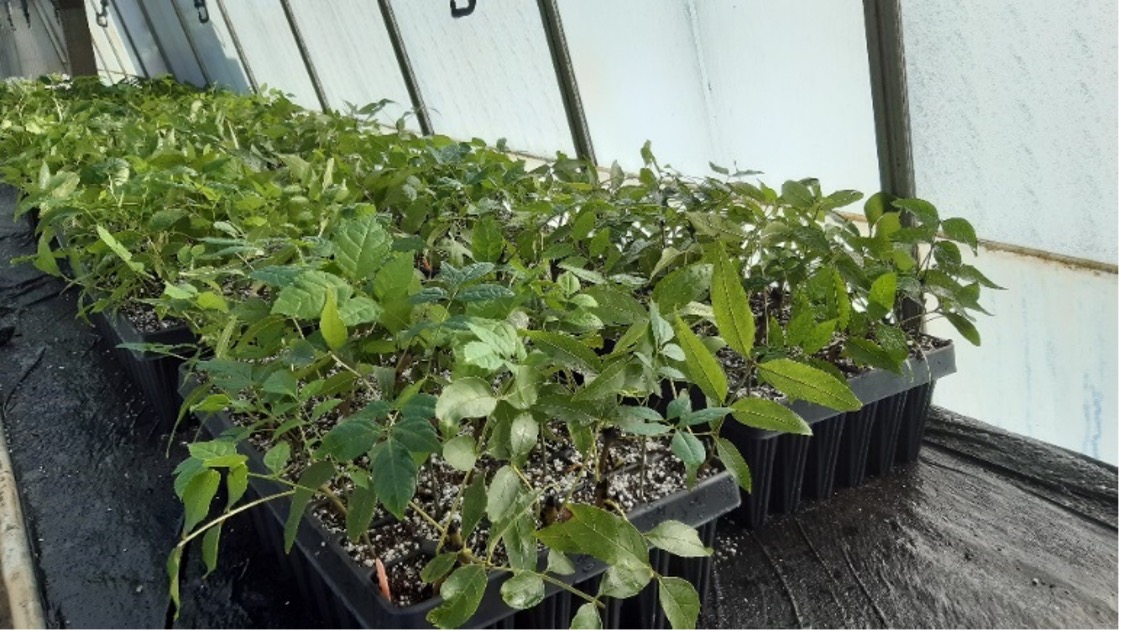
Figure 1. The LAP trial 1 in enclosed mist system. Picture by I. Negri.
The following conditions were tested in a factorial design:
Maturity of the stock plant: Cuttings from mature trees; Cuttings from seedlings (1-3 years)
Substrate type: Peat-based; Peat alternative with high coir %; Peat alternative with low coir % (All these substrates were in a 1:1 mix with perlite).
Mycorrhizal treatment: Control; Inoculated with a formulation of arbuscular mycorrhiza.
Rooting hormone powder concentration: Control; 0.5%IBA; 1%IBA; 2%IBA.
Results of trial 1
None of the cuttings taken from mature trees rooted, whereas 73-100% of cuttings from seedlings rooted (depending on treatment). Our results showed that the use of peat-alternative substrates produced similar rooting rates compared to the peat-based substrate. Mycorrhizal inoculations had no effects on rooting in trial 1. However, this could be due to contamination between trays. Rooting percentage increased with an increase in rooting hormone concentration. Additionally, by using Rhizovision to measure root length, we found that optimal primary root length was obtained with 1%IBA.
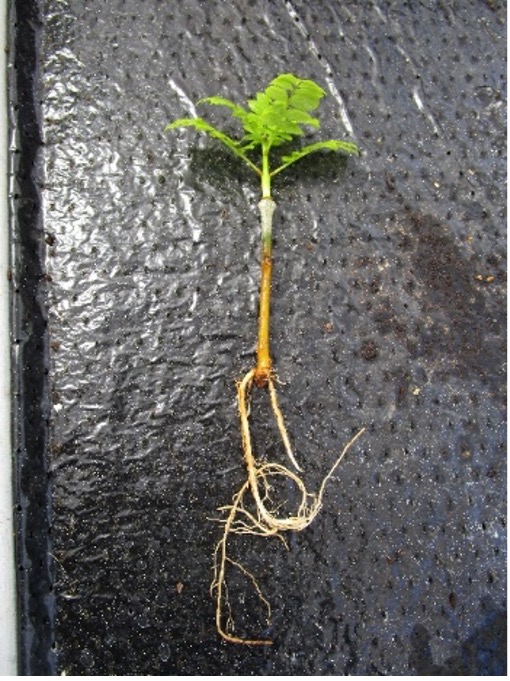
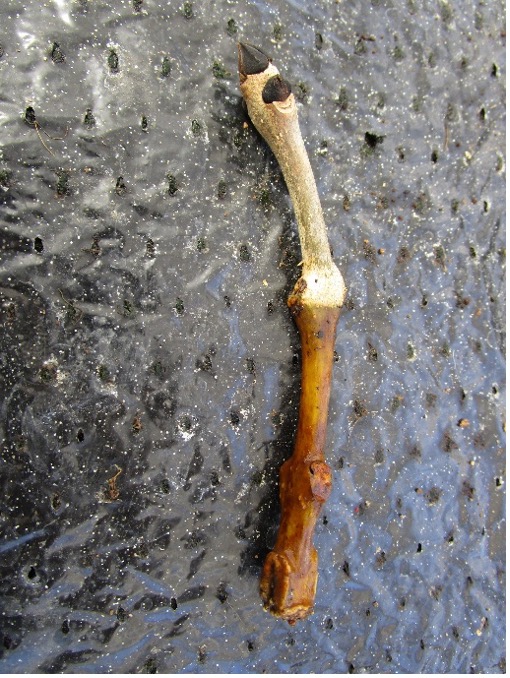
Figure 2. A rooted cutting taken from a seedling (left) and a cutting from a mature tree which callused and survived but did not root (right). Pictures by C Cockel.
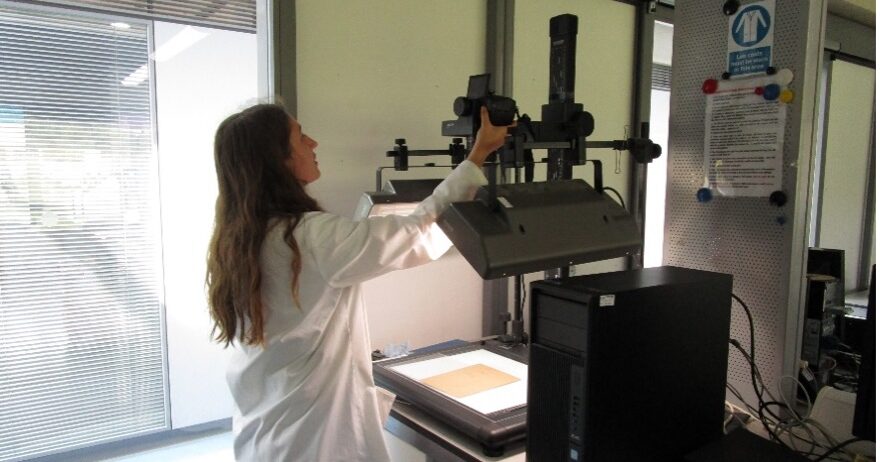
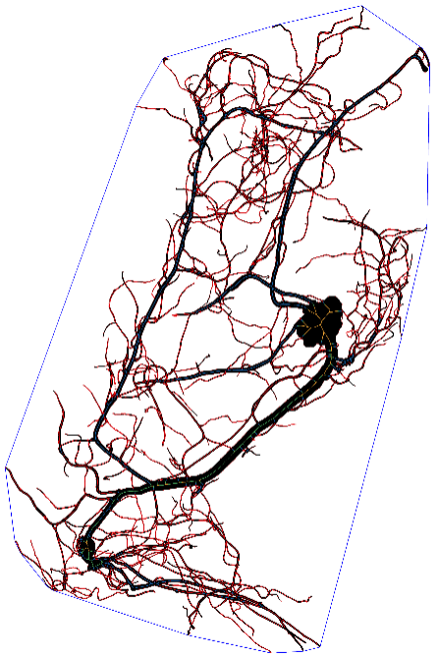
Figure 3. I. Negri taking a picture of an ash root in order to take measurements, picture by C. Cockel (left). A photograph of an ash root from trial 1 processed using RhizoVision, picture by P. Gómez Barreiro (right).
TRIAL 2
Striking date: 8th-11th February 2022
Cutting type: hardwood apical cuttings ~20cm in length, cut beneath a node.
System: Watered daily in an unheated greenhouse, with capillary matting and basal heating at 17°C. Due to storm damage to the greenhouse, the cuttings had to be removed from basal heating during 14/02/22-14/03/22. Separation between trays was improved by elevating the trays in order to reduce mycorrhizal contamination via watering (see figure 4).
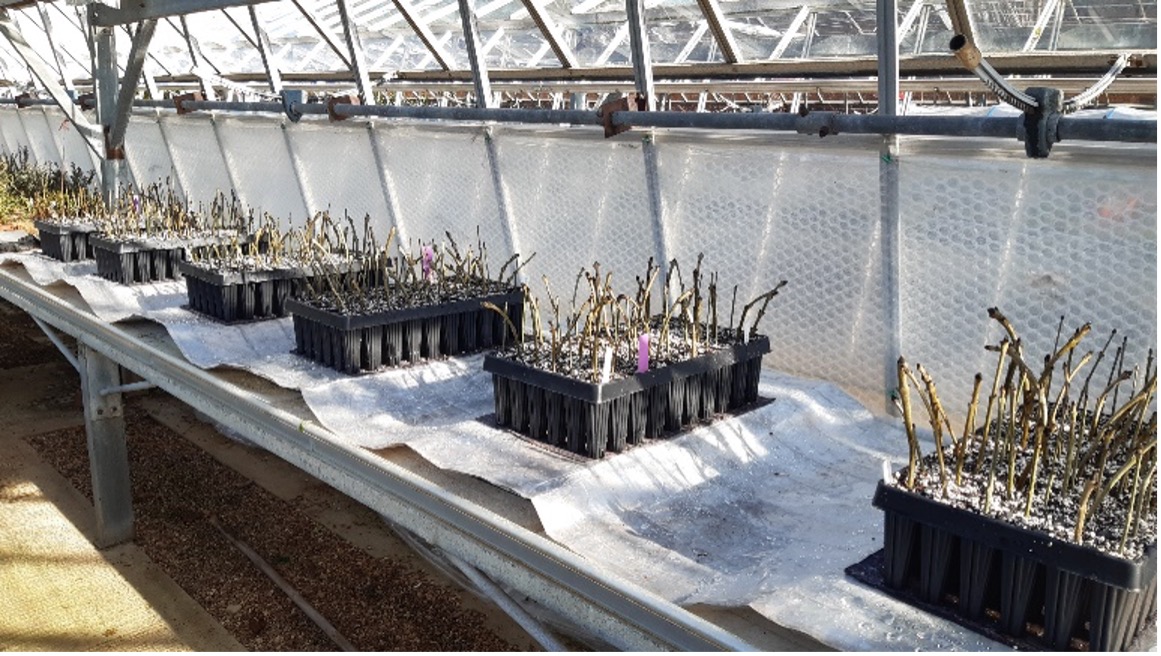
Figure 4. The LAP trial 2 in an unheated greenhouse. Picture by I. Negri.
The following conditions were tested in a factorial design:
Maturity of the stock plant: Cuttings from mature trees; Cuttings from seedlings (1-3 years).
Substrate type: Peat-based; Peat alternative with high coir % (Both substrates were in a 1:1 mix with perlite).
Mycorrhizal treatment: Control; Inoculated with a formulation of arbuscular mycorrhiza.
Rooting hormone powder concentration: Control; 1%IBA; 2%IBA.
Results of trial 2
As in trial 1, none of the cuttings from mature trees from trial 2 rooted. Only 20-66% of cuttings from seedlings rooted, depending on treatment combination. Rooting again occurred equally in the peat-based and peat alternative high coir % substrates. In this trial, the inoculation with a mycorrhizal formulation had a significantly negative effect on rooting. We hypothesize that the strain or concentration of the mycorrhizal formulation we used was not optimal for ash cuttings. Higher rooting hormone concentrations again improved rooting rates in the hardwood cuttings.
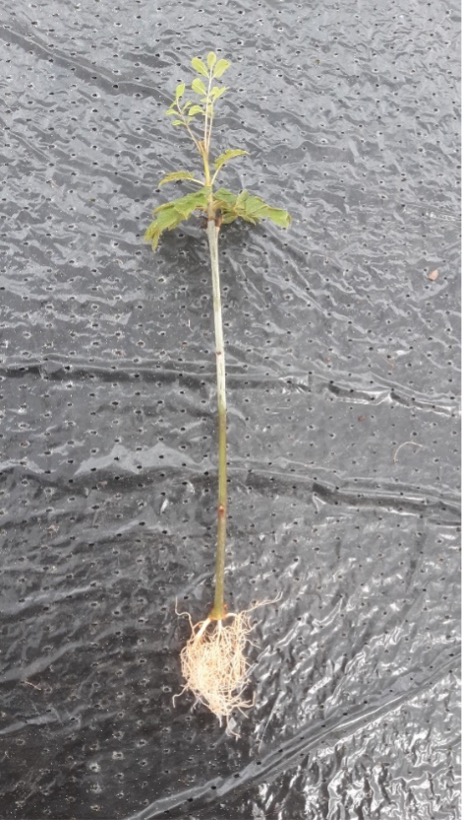
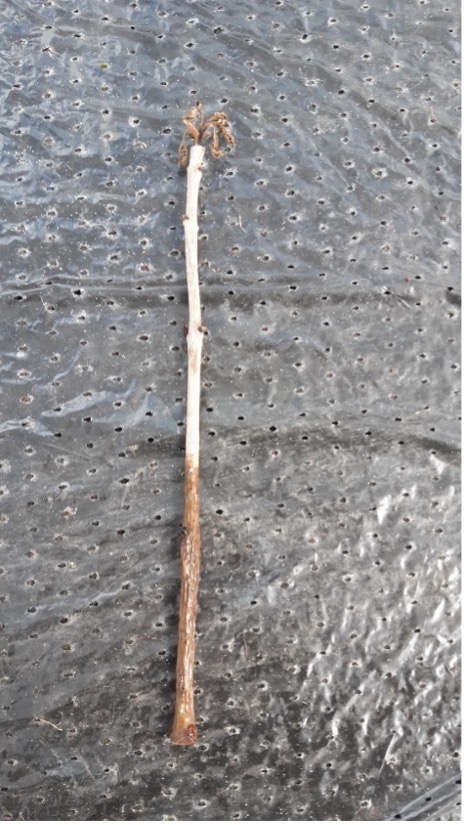
Figure 5. A rooted hardwood cutting taken from a seedling (left) and a dead hardwood cutting taken from a seedling (right). Pictures by I. Negri.
TRIAL 3
We are currently in the process of preparing trial 3 using semi-ripe cuttings as in trial 1. We are further testing the 1%IBA rooting hormone, with no mycorrhizal treatment, in peat alternative soil with high % coir. This treatment combination is being tested on an intermediate age class of ash trees which can be better assessed for ash dieback tolerance than seedlings, with the hope that they still retain their ability to root, unlike the cuttings from mature trees. In particular, the treatment is being tested on 19 ash dieback tolerant ash genotypes to assess for rooting % variability between individuals.
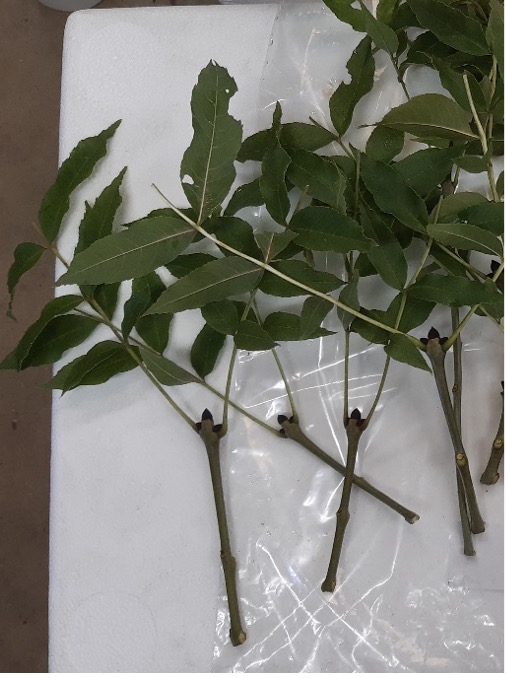
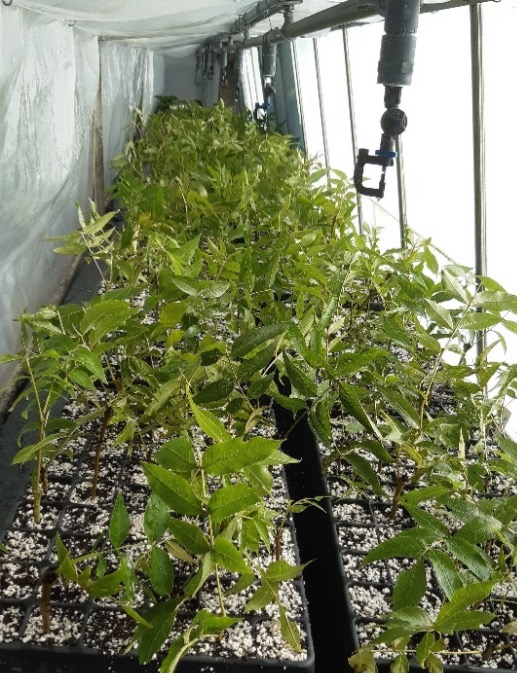
Figure 6. Preparing cuttings for the LAP trial 3 (left) and the trial 3 trays placed in the enclosed mist unit at Wakehurst (right). Pictures by I. Negri.

Informative and useful article, Thank you!
Sadly not offering a solution to my problem, which is how I could possibly get a new tree growing from an ancient Ash of 5.8m girth. Would love to preserve the genes of this tree if possible, as it might be one of the oldest Ash trees in England.
Please let me know if you have any suggestions how I could get a cutting to root! catabel99@gmail.com
The tree is in the park of Ashton court estate, Bristol. Included in the Ancient tree inventory. Also a nice article written about it: https://www.suzanneelson.co.uk/ash-doorway